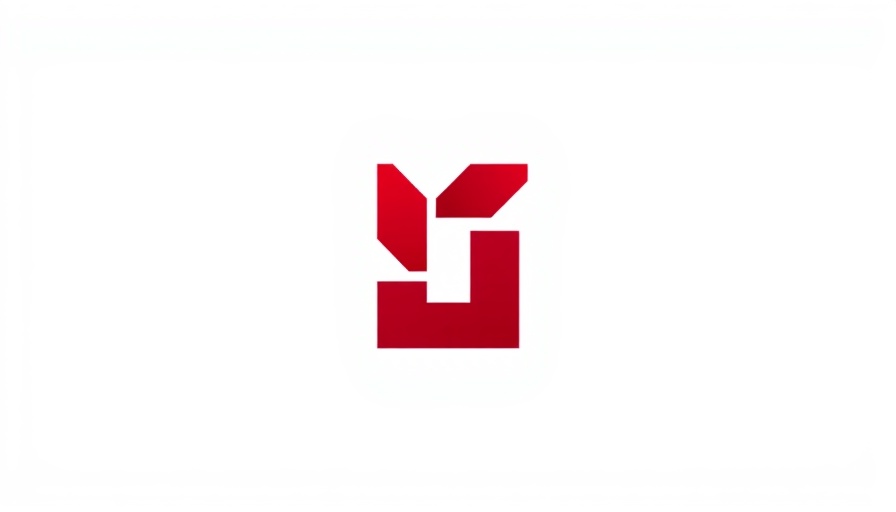
Emerging Trends Shaping HR in 2025
As we approach 2025, a paradigm shift in employee entitlements and protections is prompting organizations to rethink their obligations. This year, employers must prioritize workforce strategy to keep pace with evolving legal frameworks and societal expectations. With advancements in HR technology, organizations are empowered to monitor compliance effectively while fostering a high-performance culture that drives employee engagement.
Financial Wellness: The Heart of Employee Engagement
Today's workforce doesn't just seek traditional benefits; they desire comprehensive support that encompasses financial and reproductive health. Initiatives that prioritize financial wellness not only improve employee morale but also translate into measurable business benefits. As CHROs integrate modern reproductive health benefits into their plans, they recognize it as an essential component of employee retention strategies tailored to both millennial and Gen Z workers.
Best Practices for Effective Succession Planning
In a competitive job market, succession planning is vital for organizational resilience. Companies are increasingly focusing on leadership development to cultivate future leaders within their ranks. Organizations that embed people-first leadership principles into their culture are better positioned to adapt to workforce optimization trends, reducing turnover and enhancing overall performance.
Understanding HR Metrics for Strategic Planning
Implementing effective HR metrics can significantly influence an organization’s approach to talent management. By understanding key indicators, such as employee performance levels and engagement rates, leadership can make informed decisions that align with broader business goals.
To remain competitive, organizations must continuously evaluate and enhance their workforce strategy, ensuring that they not only meet regulatory demands but also resonate with employees seeking meaningful engagement.
By adapting to these emerging trends, HR leaders can not only navigate compliance challenges but also foster a thriving organizational culture, equipping their workforce for success in the years to come.
 Add Row
Add Row  Add
Add 




 Add Row
Add Row  Add
Add 

Write A Comment